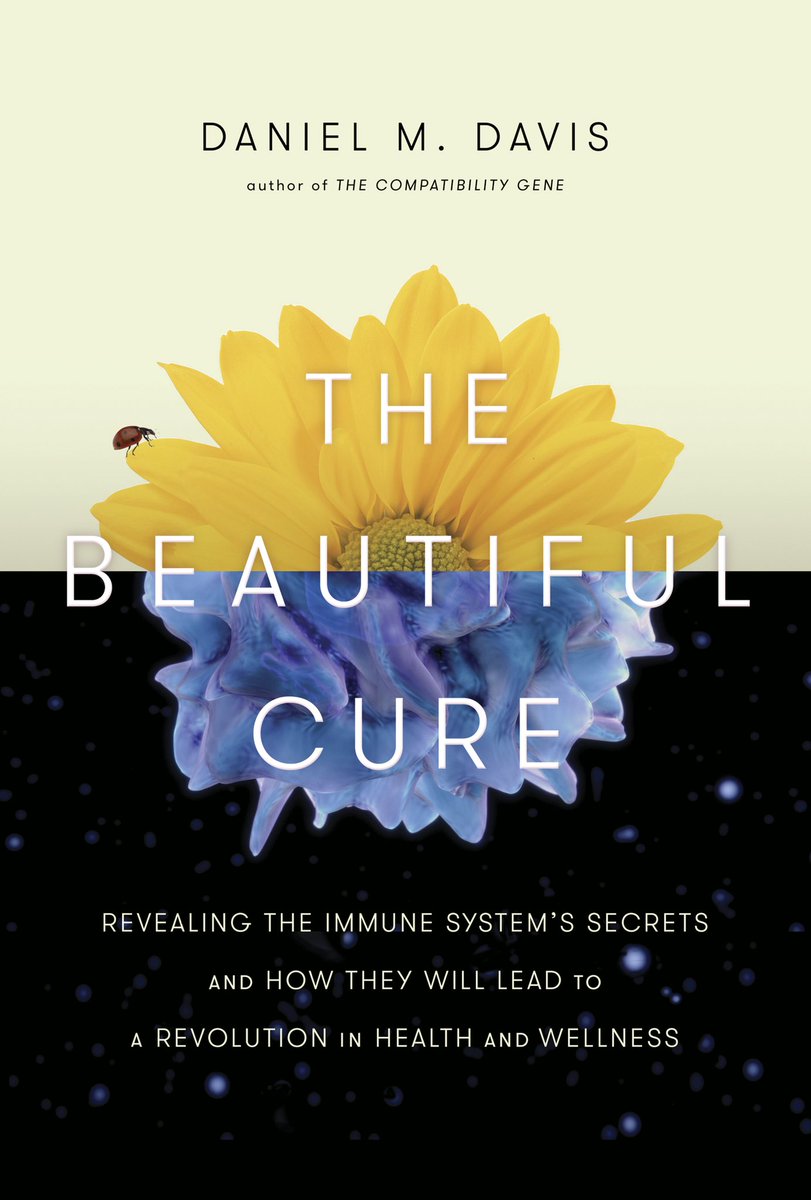Book review: The Beautiful Cure: Revealing the Immune System’s Secrets and How They Will Lead to a Revolution in Health and Wellness

By Daniel M. Davis. Doubleday Canada, 2018. ISBN-10: 0385686765. Hardcover, 272 pages.
During medical school, and forever after, I found immunology to be the medical subject that was hardest to understand. Apart from the arcane processes we had to learn about and the colorless and confusing terminology, there were bigger questions that even immunologists could not explain—such as how does the immune system know which foreign material it should attack (e.g., bacteria and viruses) and which it should leave alone (e.g., food and placental tissue)? Then along came AIDS, and we were even more confused. Over time, I developed a working concept of the larger immune processes and welcomed wholeheartedly the introduction of immune therapies for multiple conditions, but deep down I knew that I was faking my understanding.
I leapt at the chance to read this book because such luminaries as Bill Bryson and Stephen Fry reviewed it in glowing terms. If a nonphysician has described the book as “eye-opening,” I thought that surely it would open my eyes too. And it did, kind of—I have a better understanding of some immune processes, but I would still have difficulty explaining much of this to others. I don’t think it’s the author’s fault, because he has an engaging writing style. He describes major breakthroughs using multiple anecdotes, and his storytelling holds the reader’s attention. But at the end, sadly, I remained not as informed as I hoped to be. In his epilogue, the author seems to acknowledge the book’s limitations: “Someday we may find a grand unified theory of the immune system, a few principles that capture precisely how it all works, but that dream may never work out. And it might even be the wrong thing to aim for.” When a professor of immunology says something like that, it’s no wonder that so many of us remain confused and intimidated by the subject.
Having said that, however, I’m keeping the book, and I plan to read it again. Maybe this first exposure just triggered a primary response.
—TCR
